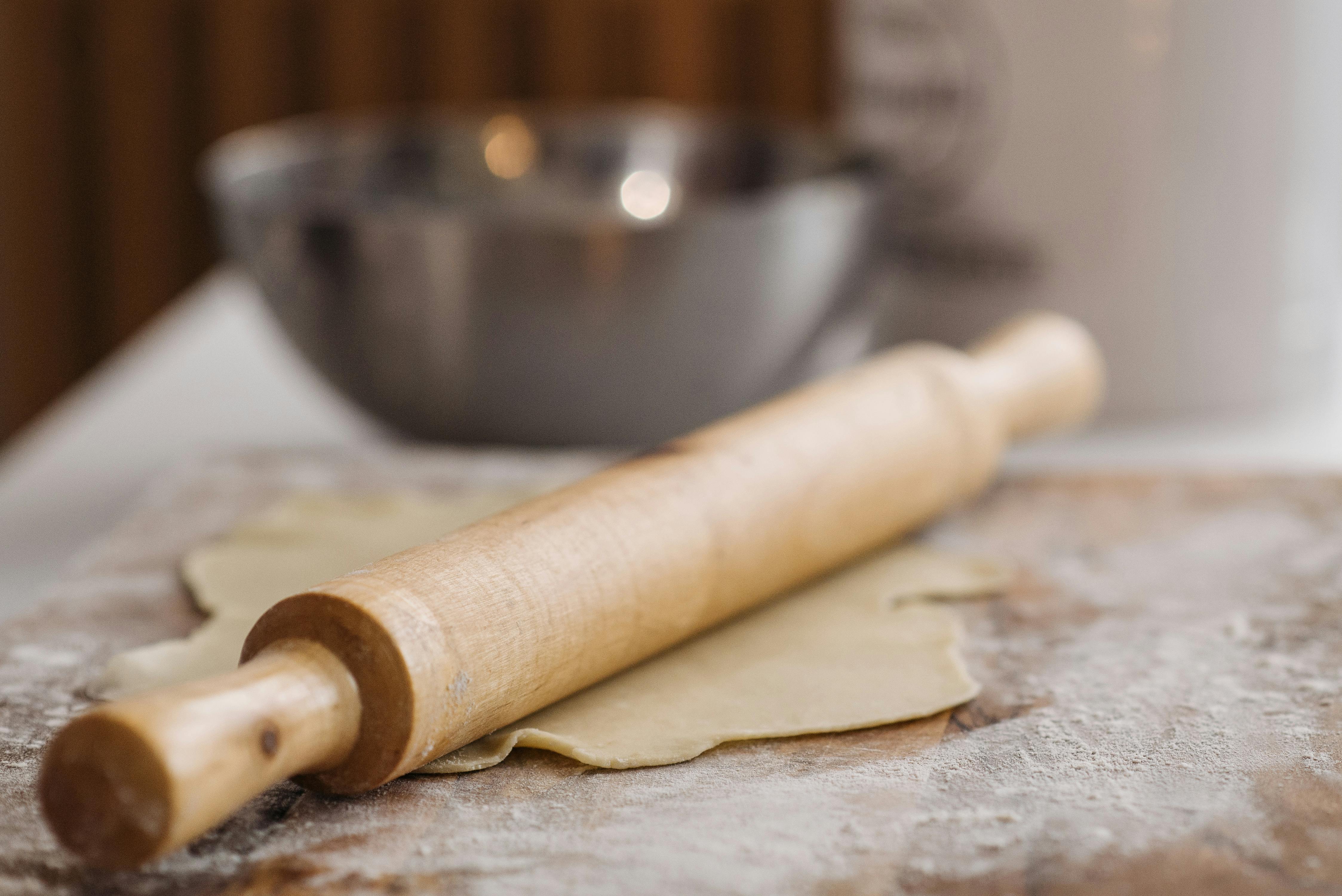Door handle is an ambiguous term and includes door latches, bars, and knobs. Depending on the geographic location and their place in time, they vary in design, shape, and materials. The only constant is its function: an accessory used to open or close a door.
Knob and handle functions
The first existing doors are approximately 5000 years old. Door handles, as devices for manipulating a gateway, became a necessity shortly after the invention of the pivoting mechanism. For most pivots are known simply as hinges, however, there are almost as many hinge designs and configurations as there are handles.
The simplest handle is a pull or push projection on the opposite side of the hinge. The location of the handle is generally where it will provide optimal mechanical advantage; most doors function as second-class levers. Doors with center handles or rings, or a pivot point at a location other than a door edge, use first or third class lever principles.
Representations of door handles in paintings dating back to the 1st century AD are centrally placed hinged rings. The modern door knocker is a holdover from this primitive door handle style. The doors were generally secured with bars and brackets to prevent them from being opened intentionally or by accident.
Knobs with latches and bars
Over time, the large cross bars used to secure a door were supplanted by sliding bars, operated by a handle secured to the bar and projecting through a slot in the door, or as a rotating bar, often called a latch. , which could be dropped into a matching slot in the door jamb. In colonial America, the operating mechanism for a small pivot bar was a latch rope threaded through a hole in the door near the handle. There are, probably apocrypha, accounts and references that imply that this mechanism was a solution for the heavy taxes and an edict of the crown that forced the colonists to use only latches or locks imported from England.
Around the middle of the 18th century, handles and locks were integrated into a single unit, the earliest known examples being the levers that operated the latch and served as a handle to open the door.
Knobs and handles
The handle, as it exists today, is a relatively new invention dating back to the mid-19th century, with the first US patent dating back to the 1850s. Handles and knobs underwent a massive period of growth and development throughout the Victorian era (1830-1900). Thousands of variations on the door handle theme, in combination with modern production methods, made door handles accessible to virtually everyone. Latches lost popularity and use, relegated to service in barns and similar outbuildings where their simplicity and design function trump external appearance.
Manage value-added features
Today, these identifiers serve multiple functions. These functions can include lock and key mechanisms, electronic locks, mechanical or electronic pushbutton access, high security features, and many other applications in addition to a simple push-pull device to open or close a door.
For most Americans, the terms handle and knob are synonymous. In Europe, however, door levers make up the vast majority of door handles. Due to their usefulness and accessibility, door levers are gaining popularity in the United States. They are much easier to operate for a person physically disabled by arthritis, illness, or injury than round doorknobs. While exterior and large door handles will eventually be supplanted by automatic opening mechanisms, door handles will continue to be needed for smaller doors on interior doors, cabinets, and other furniture for centuries to come.
